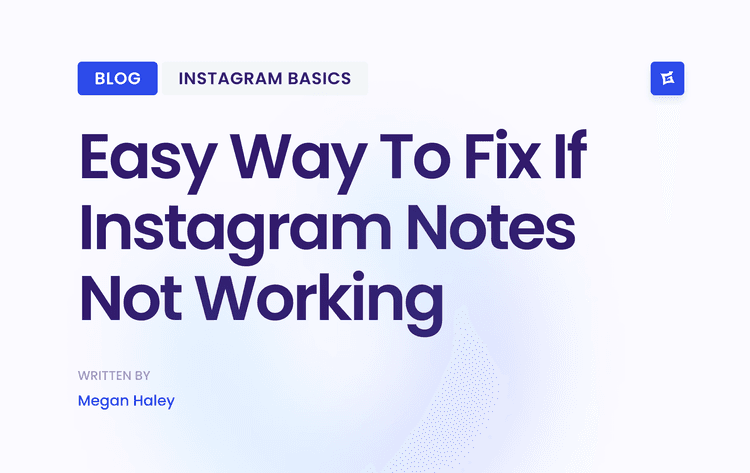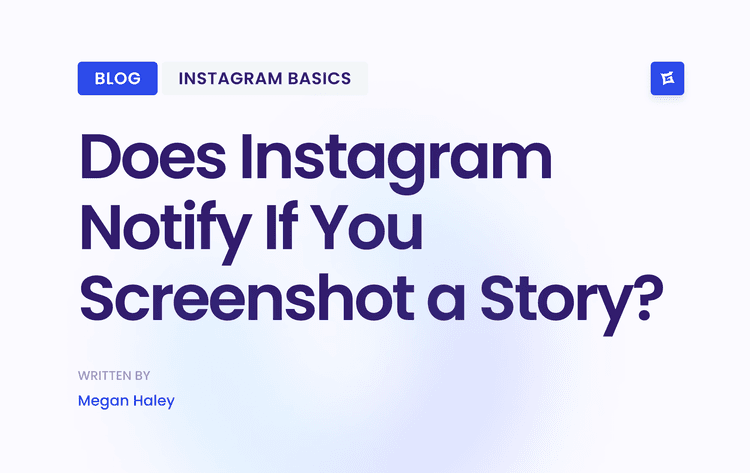Influencer Tiers and Their Strategic Advantages
Navigating the world of influencer marketing requires understanding the various influencer tiers. Each tier offers unique advantages and caters to different marketing objectives. With their small but dedicated audiences, Nano-influencers provide incredible value for highly targeted campaigns.
Micro-influencers bridge the gap between niche and broader reach, providing a balance of engagement and visibility. With their large followings and established credibility, Macro-influencers can amplify brand messaging significantly. Finally, celebrity influencers offer maximum exposure, but often come with a premium price tag.
Budget Allocation Strategies for Influencer Marketing
Budget allocation is a critical element of successful influencer collaborations. Careful planning is essential to maximize ROI. As of February 2024, 26% of marketing agencies and brands allocated over 40% of their marketing budgets to influencer partnerships. Interestingly, another 26.1% allocated less than 10%.
This highlights the varied approaches brands take, with some going all-in while others proceed cautiously. The list below, "Influencer Marketing Budget Allocation", provides a more detailed look at how brands distribute their budgets across influencer tiers and campaign strategies.
Let's take a closer look at how brands are distributing their influencer marketing budgets. The following list provides valuable insights into common budget allocation strategies.
26.1% of brands allocate less than 10% of their budget to influencer marketing. These brands typically focus on testing and experimentation with micro-influencers.
20% of brands dedicate 10–20% of their budget, commonly using a strategy of building relationships with a mix of nano and micro-influencers.
27.9% of brands invest 20–40% of their marketing budget in influencer campaigns. Their usual approach involves integrating influencer marketing into broader campaigns.
26% of brands allocate over 40% of their budget, primarily running large-scale campaigns with macro and celebrity influencers.
Key takeaways from this data include the significant investment some brands are making in influencer marketing, as well as the strategic use of different influencer tiers based on budget and campaign goals. Smaller budgets often focus on nano and micro-influencers for targeted reach and higher engagement, while larger budgets incorporate macro-influencers and celebrities for wider brand awareness.
This growth in budget allocation underscores the increasing importance of influencer marketing in the digital landscape. In 2023, 68% of brands planned to increase influencer marketing spending. The industry's value, estimated at $24 billion in 2024, is projected to reach nearly $33 billion in 2025, just for the platform market. For deeper insights into these statistics, visit SproutSocial.
Leveraging Instagram for Influencer Success
Instagram remains a powerhouse for influencer marketing. Its visual format and highly engaged user base create a fertile ground for impactful collaborations. Success on Instagram often involves cultivating long-term relationships with key influencers.
Creating captivating content that resonates with their audience is crucial. Instagram Influencer Success Stories offers inspiring examples of effective collaborations. Understanding Instagram's algorithm and user behavior allows brands to amplify their campaign reach.
Furthermore, consistent communication and clearly defined campaign objectives are essential. A collaborative approach ensures mutual benefits for both the brand and the influencer.
Finding Your Perfect Influencer Match

Finding the perfect influencer for your brand involves more than just a glance at their follower count. It's about discovering influencers who truly resonate with your brand's values, connect with your target audience, and create authentic content. Several key factors contribute to a successful influencer partnership.
Evaluating Influencer Authenticity and Engagement
Follower count offers a glimpse into potential reach, but genuine engagement tells a more compelling story. Prioritize influencers who cultivate active communities and spark meaningful conversations. High engagement rates – likes, comments, and shares – indicate a loyal and responsive audience. This strong influencer-follower connection amplifies the impact of their endorsements.
Authenticity is paramount. Does the influencer genuinely believe in the products or services they promote? Does their content feel natural and unscripted? Authenticity fosters trust, and a trustworthy influencer significantly enhances your brand's credibility.
Effective Influencer Discovery Techniques
Finding the right influencers requires a strategic approach. Influencer marketing platforms like AspireIQ offer valuable tools, including detailed search filters and analytics. However, manual research remains essential. Explore relevant hashtags and industry communities to uncover hidden gems that may not be on larger platforms. This can lead you to influencers with niche audiences perfectly aligned with your target market.
The Power of Micro-Influencers
Don't underestimate micro-influencers. These creators often have smaller, highly engaged followings. As of 2023, 69% of brands collaborated with smaller creators, recognizing the value of their authentic voice and strong audience connections. Micro-influencer campaigns often drive 60% higher engagement than macro-influencers, making them a powerful choice for niche markets.
The rise of video content on platforms like TikTok (with a 26% increase in influencer campaigns in 2023) and YouTube (with an average engagement rate of 50%) presents exciting opportunities. For more detailed statistics, check out this insightful article: 10 Influencer Marketing Statistics You Need to Know in 2023.
To help understand the nuances of different influencer types, let's take a look at the table below:
Influencer Types Comparison
Comparison of different influencer tiers based on reach, engagement, and cost considerations.
Nano-influencers, with 1,000 to 10,000 followers, typically have an engagement rate of 5% to 10%. They usually charge $10 to $100 per post and are best suited for niche products and local businesses.
Micro-influencers have 10,000 to 50,000 followers and see an average engagement rate of 2% to 5%. Their rates range from $100 to $500 per post, making them ideal for targeted campaigns and building brand awareness.
Mid-tier influencers range from 50,000 to 500,000 followers with an engagement rate of 1% to 3%. Their cost per post generally falls between $500 and $5,000, and they are effective for reaching wider audiences and launching products.
Macro-influencers typically have 500,000 to over 1 million followers, with a less than 1% to 2% engagement rate. They charge $5,000 or more per post and are used in large-scale campaigns to create mass brand awareness.
Mega-influencers, who boast over 1 million followers, have an engagement rate of less than 1%. Their services start at $10,000 per post, and they are best for brands seeking global reach and massive brand recognition.
This highlights the key differences between influencer tiers, showing how engagement rates generally decrease as follower counts increase, while costs rise. Choosing the right tier depends on your specific marketing goals and budget.
Due Diligence and Alignment Signals
Thorough due diligence is crucial before any partnership. Examine the influencer's past collaborations. Do they align with your brand values? Assess audience sentiment through comments and reviews. Is their audience receptive to sponsored content?
Look for alignment signals. Do they share your brand's passion for specific causes or values? These shared values can lead to long-term, mutually beneficial partnerships that extend beyond single campaigns. This shared vision establishes a strong foundation for collaborative success.
Crafting Outreach That Gets Responses


Even with the perfect influencer match, a poorly crafted outreach message can derail a potential partnership. Think of it like a job application: a generic resume rarely cuts it. Influencers receive countless collaboration requests, so your outreach needs to stand out. This requires understanding personalization and demonstrating genuine interest.
Personalization: The Key to Influencer Engagement
Personalization is paramount for successful influencer outreach. Generic, mass-sent emails often end up ignored. Instead, invest time in researching the influencer's content, style, and audience. Referencing specific posts or campaigns shows you've done your homework and have a genuine interest in their work.
For example, mentioning a recent video on sustainable living demonstrates you understand their values and content. This targeted approach significantly improves your response rate. Learn more with this helpful resource: How to master social media influencer outreach.
Crafting a Compelling Collaboration Proposal
Your proposal should be clear, concise, and emphasize mutual benefits. Clearly outline your campaign goals and explain how the influencer can contribute to achieving them. Highlight the synergy between their audience and your target market, explaining why you chose them specifically.
A fair compensation package is also essential. This could include monetary payment, free products, or other incentives. Be transparent about your budget and expectations from the outset.
Addressing Influencer Concerns Proactively
Influencers prioritize authenticity and creative control. Address these concerns proactively in your initial outreach. Reassure them that you value their unique perspective and are open to collaborative brainstorming.
Offering flexibility in content creation allows them to adapt your campaign message to their style. This demonstrates respect for their creative process and strengthens the partnership.
Negotiation and Contract Essentials
Once an influencer expresses interest, be prepared to negotiate the terms of your collaboration. This includes defining the scope of work, deliverables, timelines, and payment details. A well-defined contract protects both parties and streamlines the collaboration.
Clearly outline the usage rights for the content. Specify whether you plan to repurpose content on other platforms and secure the necessary permissions. Addressing these details upfront prevents misunderstandings and strengthens the professional relationship. This allows both you and the influencer to focus on achieving shared success.
Beyond Paid Posts: Collaboration Formats That Deliver
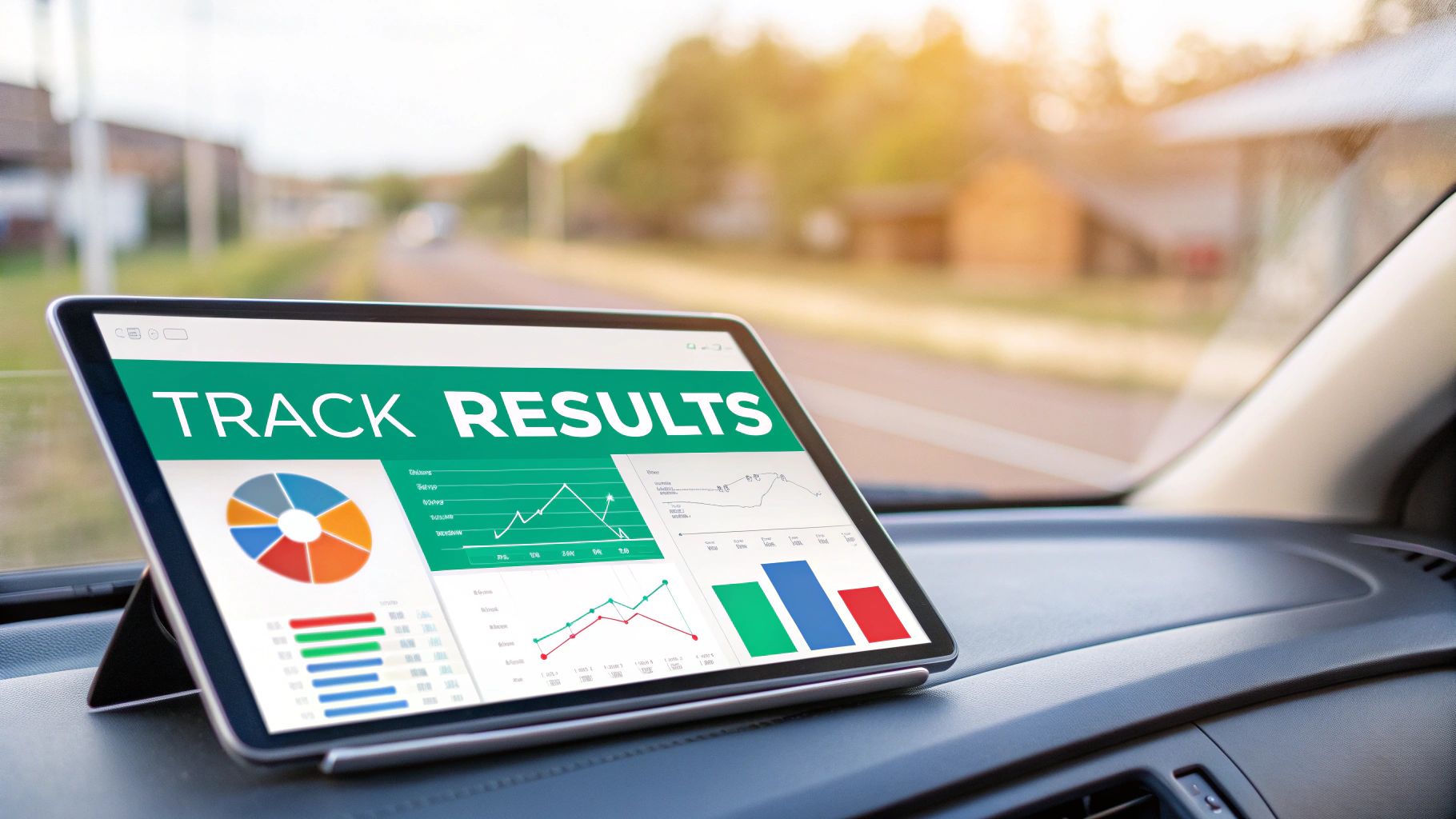
Successful influencer collaborations go beyond simple sponsored posts. True success lies in strategic campaign design that utilizes a variety of partnership models. Innovative thinking can significantly boost your results. This section explores the diverse world of influencer partnerships, ranging from product reviews to co-created products.
Exploring the Spectrum of Partnership Models
Sponsored content remains a popular option, providing a direct path to introduce your brand to an influencer's followers. However, consider alternative formats that encourage deeper connections. Authentic product reviews, for instance, provide valuable social proof, particularly when the influencer genuinely appreciates your product.
This builds trust and credibility with their audience.
For ongoing engagement, brand ambassadorships offer consistent brand representation. Ambassadors effectively become the face of your brand within their specific niche, cultivating trust and familiarity over an extended period.
This consistent identity reinforces brand messaging and builds stronger relationships with potential customers.
Co-created product lines represent the next level of collaboration. By integrating influencers into the product development process, you access their specialized knowledge and engage their audience from the initial stages. This collaborative approach fosters a robust sense of community and generates significant excitement around the launch.
Balancing Creative Freedom and Brand Guidelines
While granting influencers creative freedom is essential for preserving authenticity, defined brand guidelines are equally important. Consider it a collaborative partnership – you provide the structure, and the influencer contributes their unique style. This approach guarantees consistent brand messaging while still showcasing the influencer’s perspective.
For example, providing key messaging points and visual resources while allowing the influencer flexibility in presentation cultivates a mutually beneficial partnership.
This balanced approach allows for creative expression while maintaining brand integrity.
Maximizing Influencer-Generated Content
Influencer-generated content (IGC) offers substantial value that extends well beyond a single post. Repurposing IGC across various marketing channels, such as your website, email campaigns, and social media platforms, amplifies your reach and maximizes the impact of your collaboration. An influencer's Instagram Reel, for example, can be adapted into a short advertisement for YouTube or integrated into your website.
Consider these various repurposing strategies:
Social Media Posts: Share influencer content across your brand's social channels, tagging the influencer for increased visibility.
Website Integration: Incorporate influencer videos or testimonials on your website to boost trust and provide social proof.
Email Marketing: Include influencer-created content in email newsletters to engage subscribers with fresh perspectives.
Paid Advertising: Build high-performing IGC into paid advertisements to connect with a wider audience and drive conversions.
By strategically utilizing IGC, you effectively renew a single collaboration into a multifaceted campaign, ensuring a strong return on investment. This approach also strengthens the relationship with the influencer, demonstrating that you value their creative contribution. Effective influencer collaboration hinges on this forward-thinking strategy.
Measuring What Matters in Influencer Campaigns
Understanding the true value of your influencer collaborations starts with measuring their success. Without a clear picture of your campaign's impact, you're essentially working in the dark. This section will guide you in identifying the Key Performance Indicators (KPIs) that align with your objectives. This will help you accurately assess your return on investment.
Defining Key Performance Indicators (KPIs)
Different campaign objectives require different metrics. If your goal is brand awareness, metrics like reach and impressions offer valuable insights. A high reach suggests your message traveled far and wide. A large number of impressions indicates repeated exposure to your brand, reinforcing its presence in the audience's mind.
If your goal is driving conversions, however, your focus should shift. Metrics like sales, website traffic, and sign-ups become paramount. These directly reflect the influencer's ability to motivate their audience to take specific actions that benefit your business.
Implementing Effective Tracking Methods
Accurate measurement depends on effective tracking. Tracking links with unique identifiers let you pinpoint the traffic driven by each influencer to your website. Similarly, custom discount codes help track sales generated specifically through influencer promotion. For more information, check out this helpful resource: How to master social media ROI measurement.
Attribution models are particularly important when multiple touchpoints influence a conversion. They help assign credit appropriately. A first-click model gives full credit to the first influencer interaction. A last-click model credits the final interaction before conversion. Understanding these models is crucial for a nuanced view of each influencer's contribution.
Establishing Realistic Benchmarks and Post-Campaign Analysis
Benchmarks provide context for your results. Industry averages and past campaign data serve as valuable reference points. For example, if the industry average engagement rate is 2%, exceeding this benchmark indicates a successful campaign. However, remember that benchmarks are guides, not absolute rules. Your specific goals and target audience also influence what constitutes a "good" result.
After every campaign, conduct a thorough post-campaign analysis. Review your data to understand what worked well and identify areas for improvement. Did particular content formats resonate more with the audience? Were some influencers more effective at driving conversions than others? These insights will inform your future collaborations.
Optimizing Future Collaborations and Identifying Valuable Relationships
Campaign data provides crucial insights for optimizing future collaborations. You might adjust your budget allocation based on which influencers generated the highest ROI. You could also refine your content strategy based on audience preferences revealed in the data.
Identifying your most valuable influencer relationships is key for long-term growth. Look for influencers who consistently deliver strong results and demonstrate a genuine affinity for your brand. They should also foster positive engagement with your target audience. These long-term partnerships can become incredibly valuable assets for your brand, building a loyal network of advocates who authentically connect with their followers.
Protecting Your Brand: Legal Considerations That Count
Collaborating with influencers displays exciting opportunities. However, navigating the legal aspects of these partnerships is essential for protecting your brand. This involves understanding disclosure requirements, creating strong contracts, and anticipating potential challenges. A proactive approach builds consumer trust and helps you avoid costly penalties.
Navigating Disclosure Requirements
Transparency is paramount in influencer marketing. The Federal Trade Commission (FTC) in the US, along with similar international bodies, has established clear guidelines for disclosing sponsored content. Ensuring influencers properly disclose sponsored posts, gifted products, and affiliate links maintains ethical practices.
This transparency builds consumer trust and demonstrates your commitment to ethical marketing. Proper disclosure also protects your brand from legal issues. Influencers should use clear labels like #ad or #sponsored. They should also avoid ambiguous language that might mislead their audience.
Essential Contract Provisions for Brand Protection
A well-defined contract is crucial for smooth collaboration. Content ownership, usage rights, and exclusivity clauses protect your brand's assets. The contract should clearly state who owns the content created and how you can use it across various marketing channels. When appropriate, exclusivity clauses prevent competitors from working with the same influencer for a specific time.
In addition, clearly define the scope of work, payment terms, and termination conditions. This avoids ambiguity and prevents future conflicts. A solid contract establishes a professional relationship from the beginning.
Handling Potential Issues and Protecting Brand Reputation
Even with careful planning, unforeseen issues can arise. Address potential problems, such as influencer misconduct, missed deadlines, or underperformance, within the contract. Including a morality clause allows you to end the partnership if the influencer's actions harm your brand's reputation.
For instance, if an influencer expresses views that conflict with your brand values, a morality clause provides legal grounds for protecting your brand image. Having clear procedures for resolving disputes mitigates potential damage to your reputation.
Practical Frameworks for Influencer Marketing Compliance
Consider implementing the following practices to ensure legal compliance and protect your brand:
Regularly review FTC Guidelines and International Regulations: Stay informed about the changing legal landscape.
Provide Influencers with Clear Disclosure Instructions: Ensure they understand and follow FTC guidelines.
Review All Influencer Content Before Publication: Verify compliance and maintain quality control.
Maintain Open Communication with Influencers: Address potential issues promptly and proactively.
Seek Legal Counsel When Necessary: Consult with a lawyer specializing in influencer marketing for complex issues.
By understanding the legalities and addressing potential issues proactively, you can build successful, mutually beneficial influencer partnerships while minimizing risks and protecting your brand.
Ready to boost your Instagram growth while staying compliant and safeguarding your brand? Gainsty is your AI-powered solution for organic growth. Gainsty connects you with Instagram experts and uses advanced AI technology to implement personalized strategies based on your industry and niche. Visit Gainsty today to learn more.

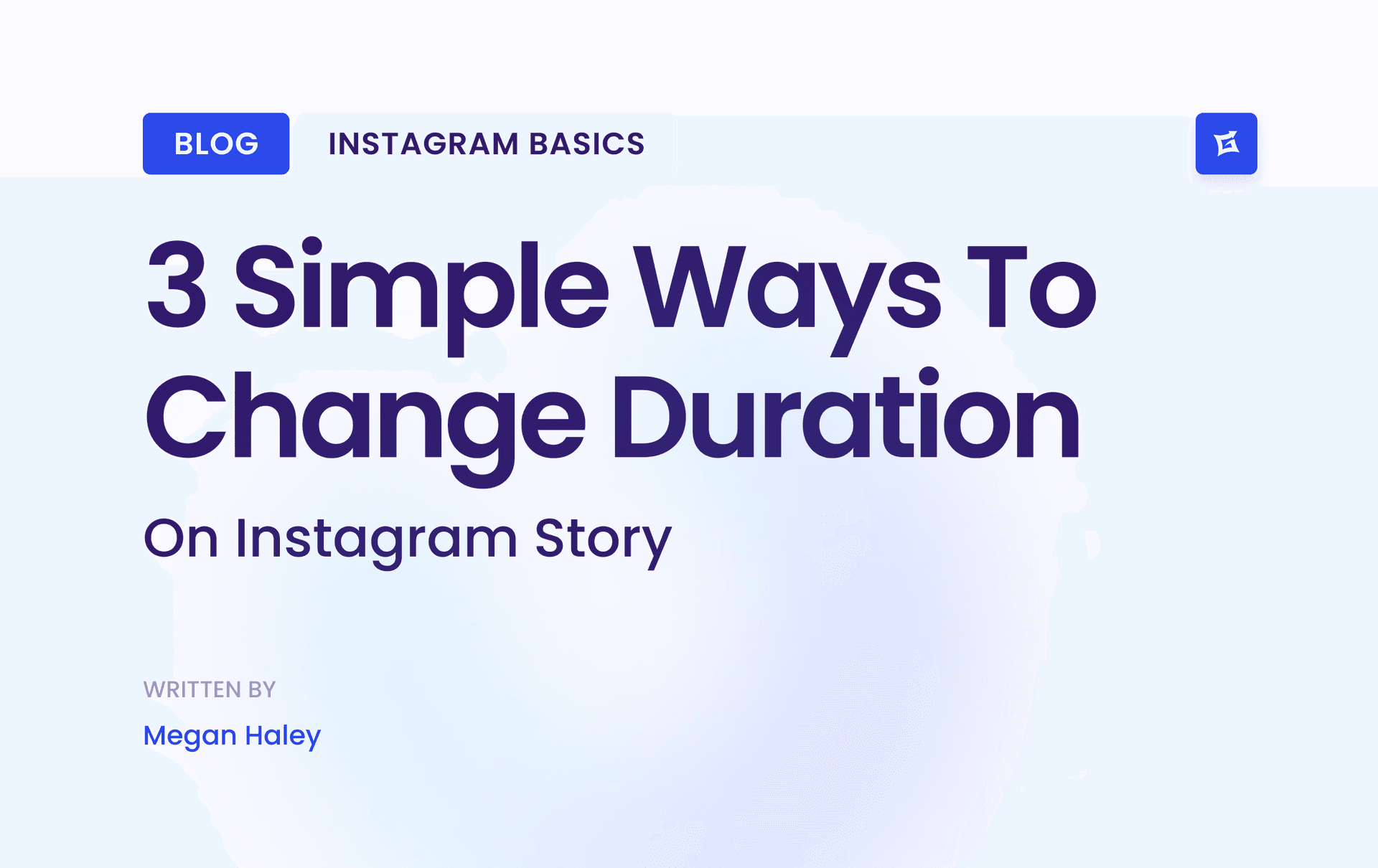
.png&w=1920&q=75&dpl=dpl_5s5UbBNsq2av8n82cZ2R5qYP6gxi)
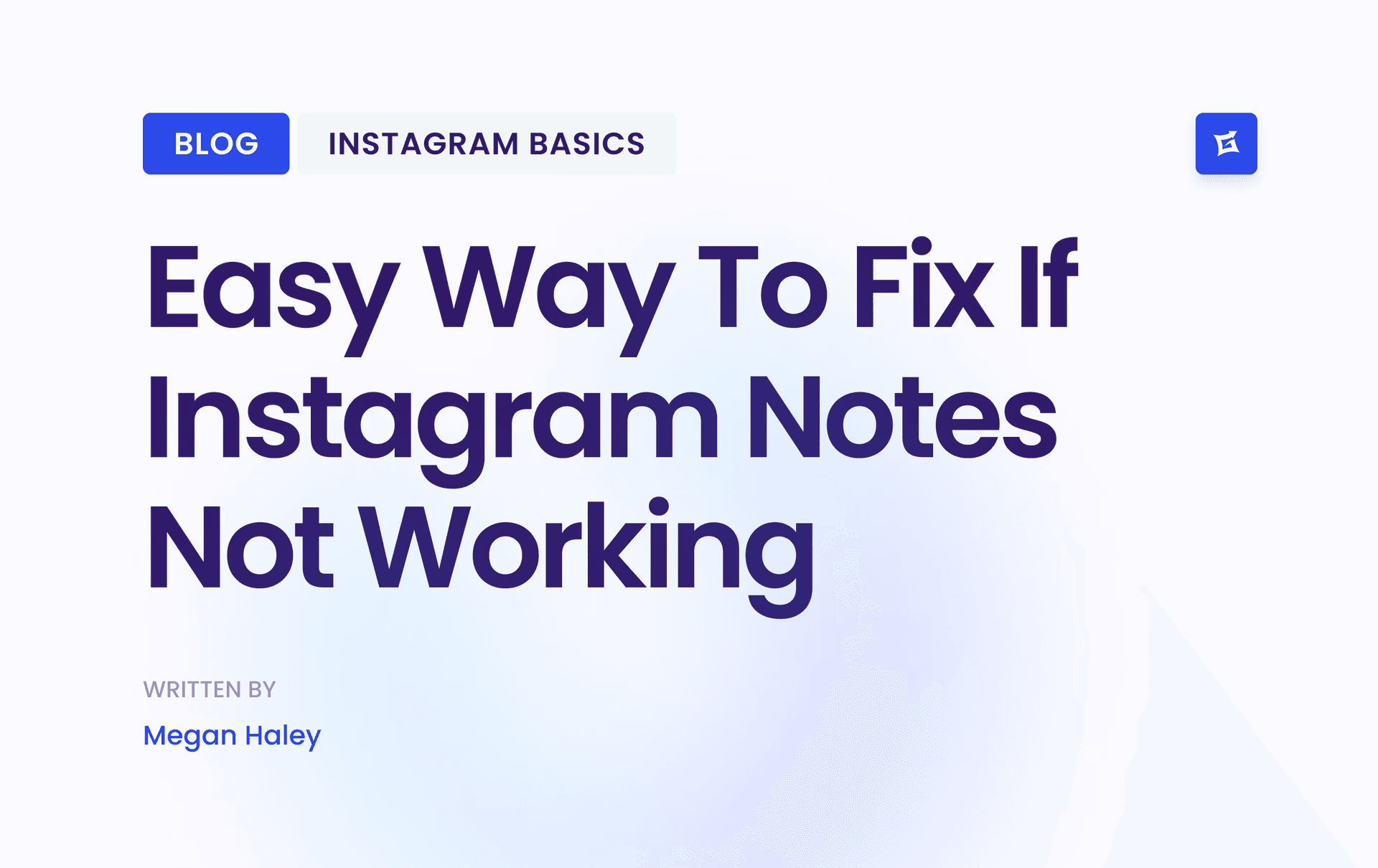
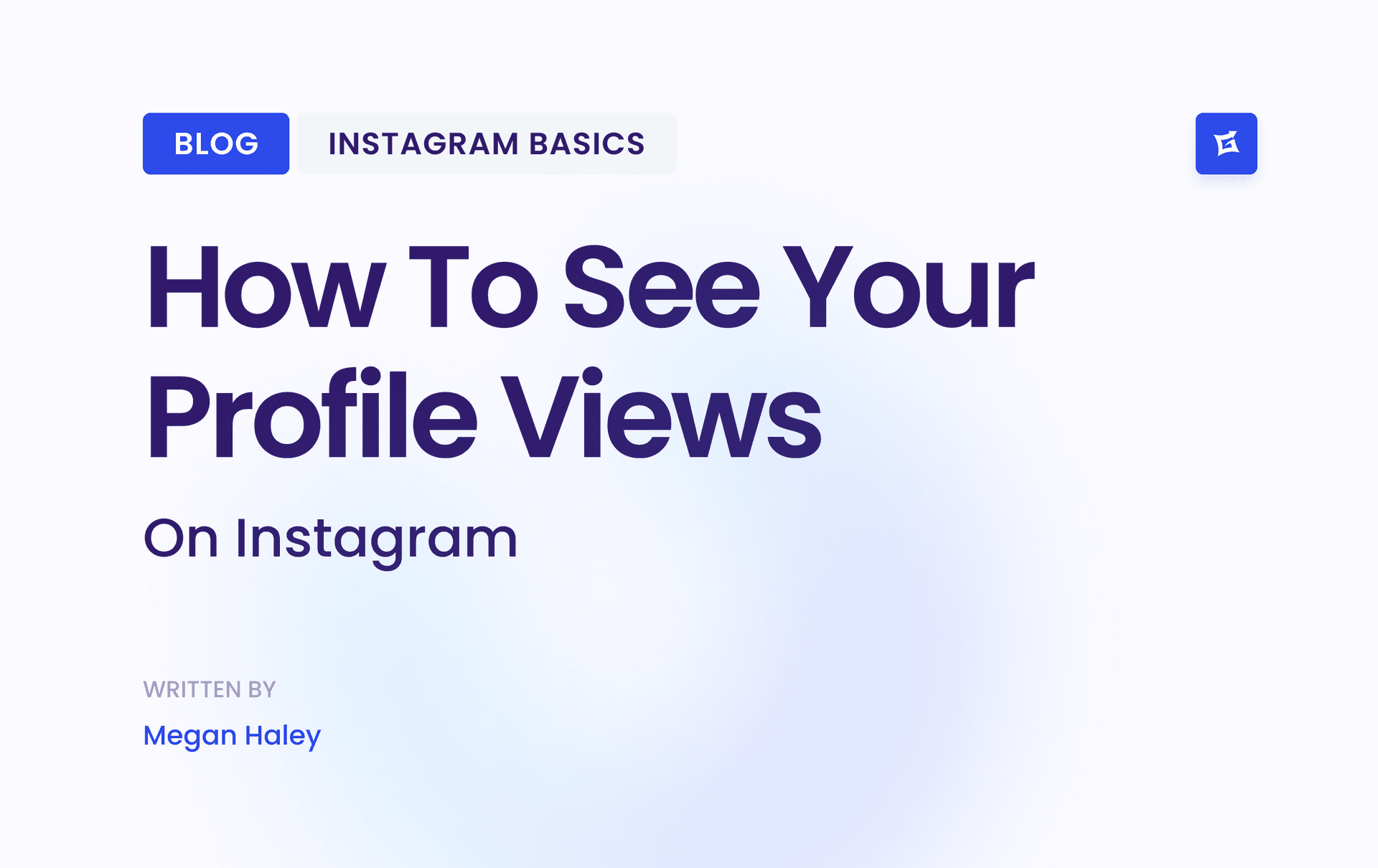
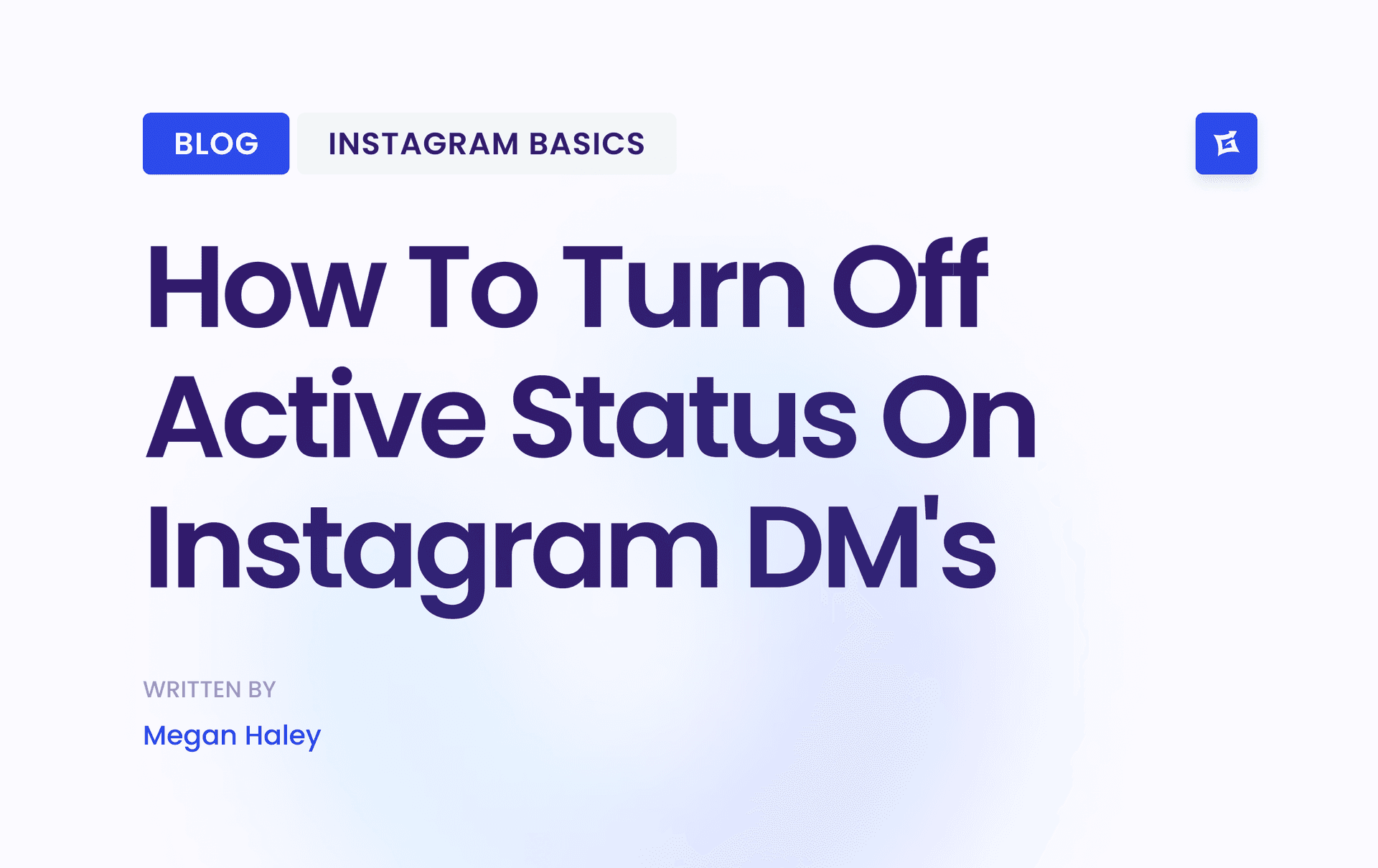





.png&w=750&q=75&dpl=dpl_5s5UbBNsq2av8n82cZ2R5qYP6gxi)
